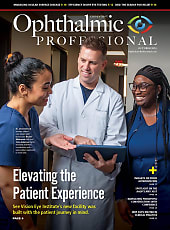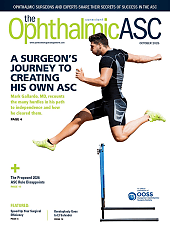Opus Genetics said it has dosed the first participant in its phase 1/2 clinical trial evaluating OPGx-BEST1, an investigational gene therapy for Best disease. The therapy is delivered as a one-time subretinal injection intended to provide a functional copy of the BEST1 gene to retinal pigment epithelium (RPE) cells affected by inherited mutations.
The study, known as BIRD-1, is designed to evaluate the safety and tolerability of a single subretinal injection of OPGx-BEST1 in adults with Best vitelliform macular dystrophy or autosomal-recessive bestrophinopathy caused by BEST1 mutations. The therapy uses an AAV vector containing a codon-optimized, full-length BEST1 gene driven by an RPE-specific VMD2 promoter to restrict expression to the target cell type. Participants will receive 1 of 2 dose levels (1.5×10⁹ vg/eye or 4.5×10⁹ vg/eye) beginning with a sentinel patient in the lower-dose cohort. An independent data monitoring committee will review early safety data before additional participants are treated or before dose escalation proceeds.
Following a screening period, participants will undergo vitrectomy and subretinal injection on day 1, with scheduled follow-up visits extending to 5 years after treatment to evaluate long-term safety and biological activity. In addition to establishing dose and safety, the trial will assess preliminary efficacy, immunogenicity, and changes in visual function over time. A central reading center will analyze imaging data, and treatment-eye results will be compared with baseline measures to determine early signals of clinical effect.
BIRD-1 is led by Mark Pennesi, MD, at the Retina Foundation of the Southwest, with surgeries performed by Kenneth Fan, MD, and Charles Wykoff, MD, at Retina Consultants of Texas. Initial data are expected in early 2026. RP








